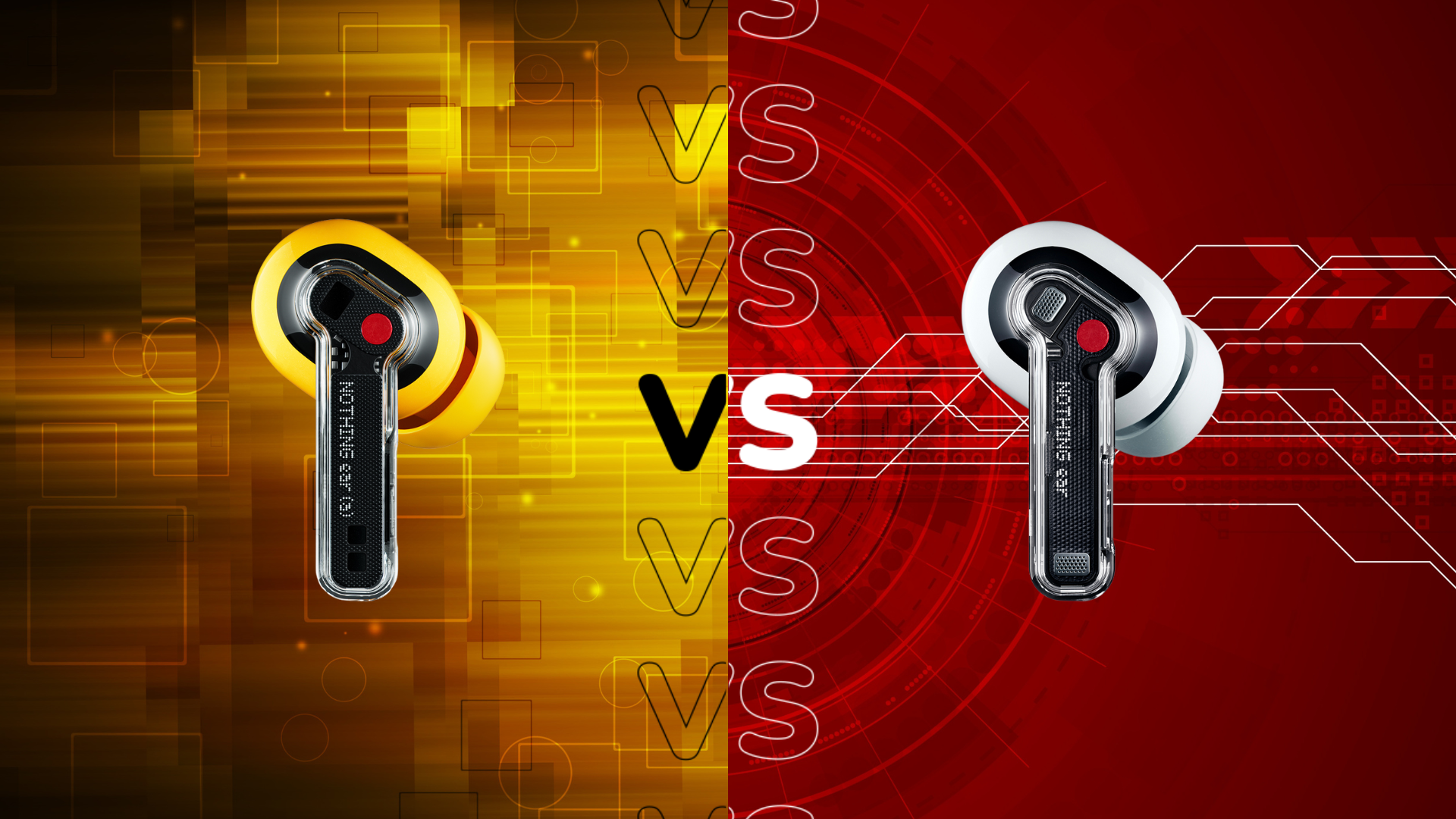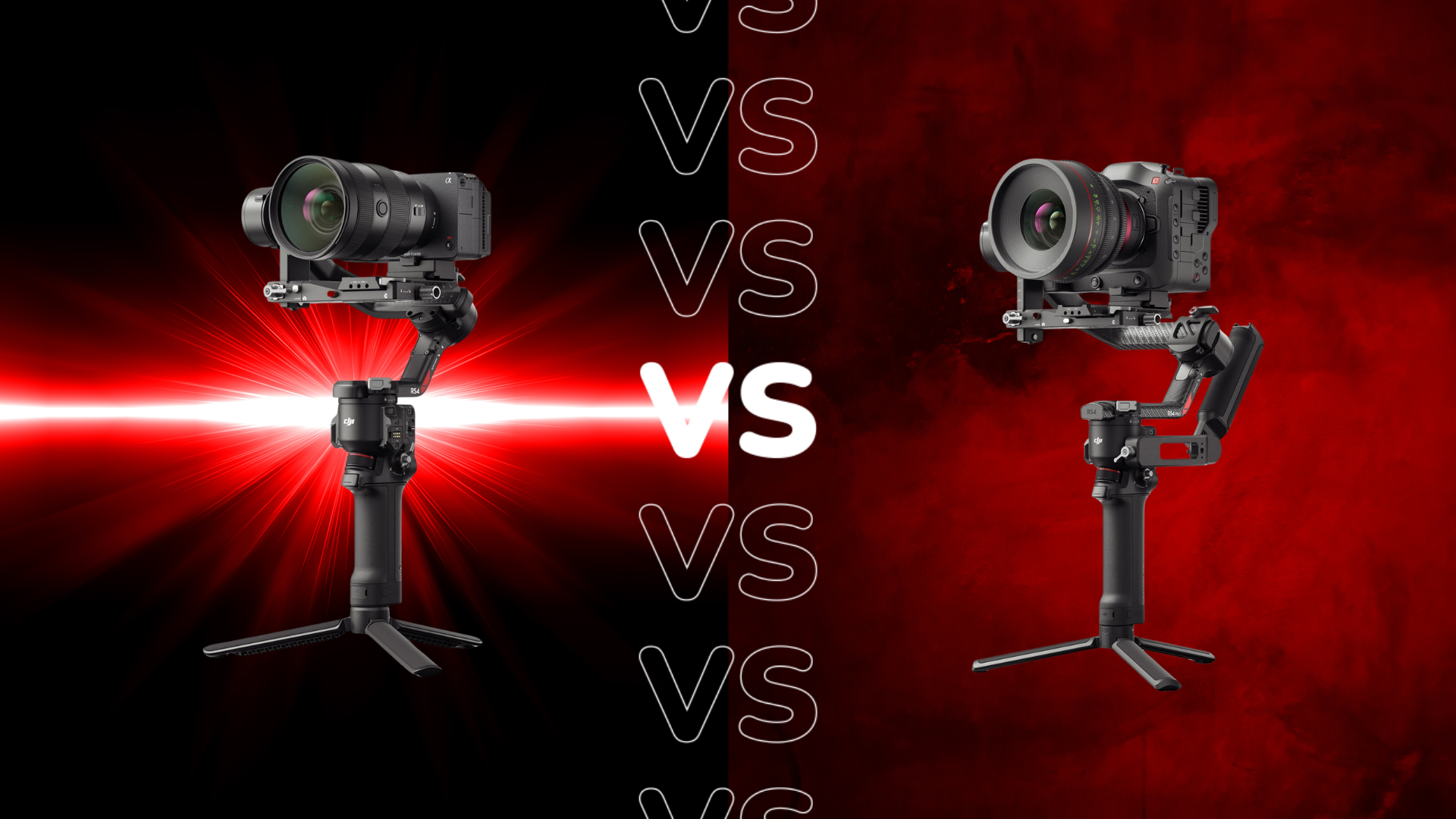Fujifilm X-S20 vs Sony ZV-E10: How do they compare?
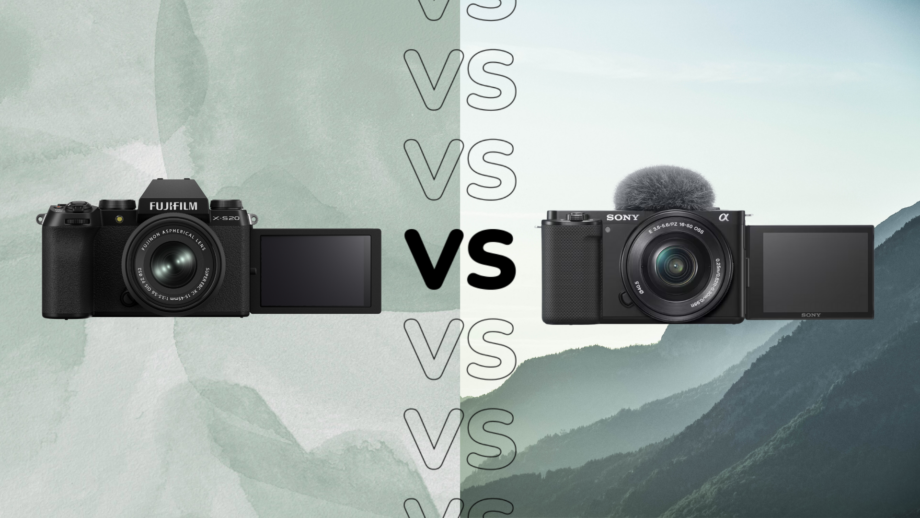
At first glance, the Sony ZV-E10 and the new Fujifilm X-S20 have a lot in common.
Both cameras are compact and lightweight at under 500g. Both cameras offer fast and accurate autofocus, as found in our experience with the ZV-E10 and our brief time with the X-S20, and both include an interchangeable lens mount.
Most importantly, both the ZV-E10 and the X-S20 are designed with content creators in mind, with the Sony camera including an easily-accessible bokeh switch and the Product Showcase mode to seamlessly shift attention to a product during a vlog. The Fujifilm X-S20, meanwhile, has these same features built into a new “Vlog” mode on the top dial.
However, that doesn’t mean the two cameras are equal. Keep reading to discover all of the major differences between these two mirrorless cameras.
The Fujifilm X-S20 can record 6.2K video
The Fujifilm X-S20 is capable of capturing 6.2K video at up to 30fps with a crop, 4K at 60fps or 1080p at 240fps. 6.2K shooting includes support for 4:2:2 10-bit video, along with Apple ProRes RAW and Blackmagic RAW when footage is recorded via HDMI.
The Sony ZV-E10 will shoot 4K video at up to 30fps, or 1080p at up to 120p, setting it behind the X-S20 in terms of video resolution.
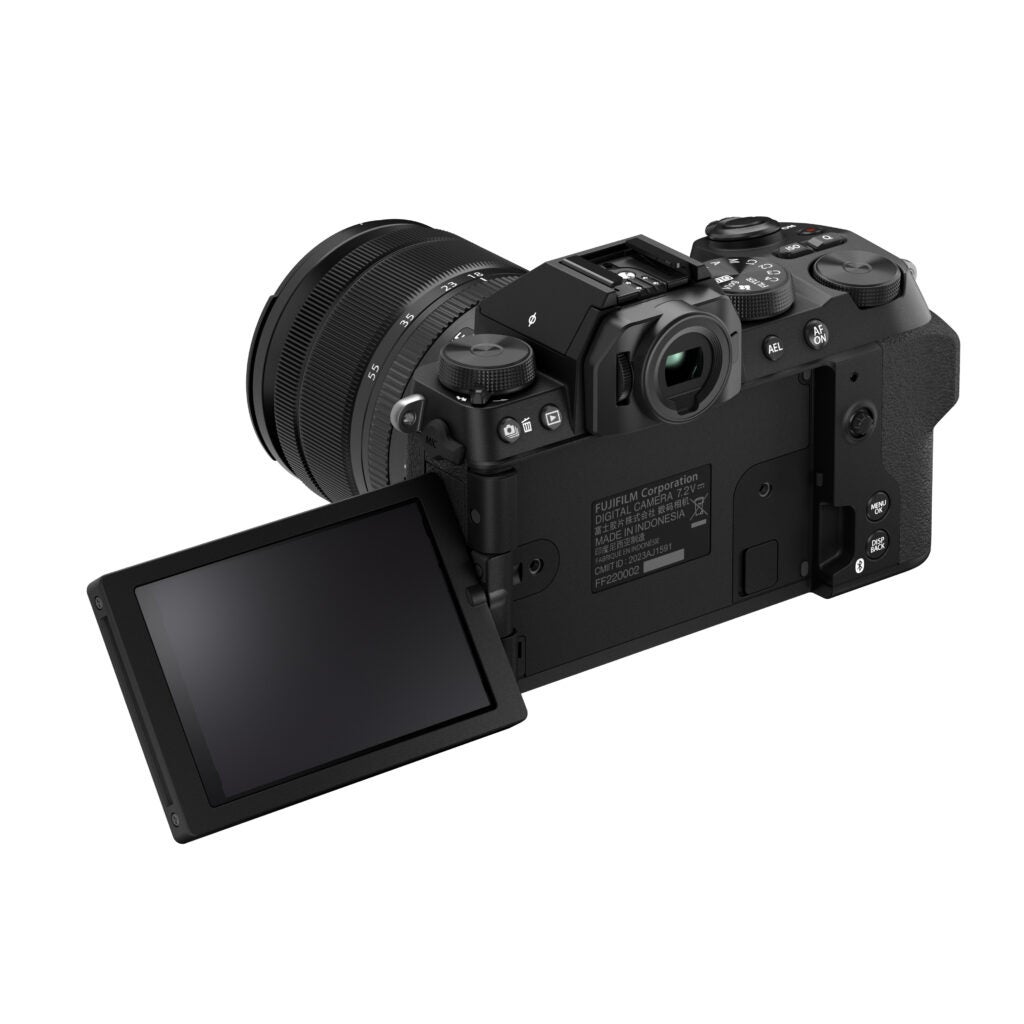
The Fujifilm X-S20 has more subject-detection options
The autofocus system on the Sony ZV-E10 has two subject recognition modes – human and animal.
The Fujifilm X-S20 is capable of tracking a wider variety of subjects, including animals, birds, cars, motorcycles, bicycles, planes, trains, insects and drones, though we found the AF on both cameras to be very snappy.
The Fujifilm X-S20 has a longer battery life
The Sony ZV-E10 has a battery life of approximately 440 still images or 80 minutes of video recording.
The X-S20, on the other hand, takes advantage of a new high-capacity battery that Fujifilm claims should be capable of capturing around 800 frames. That’s almost twice as many as the Sony.
We found the X-S20 lasted a full day of shooting photos and video and only dropped to around 50% during our hands-on time with the cameras, which is quite impressive. You’ll have to wait for our full review to hear how long it can go without a charge, however.
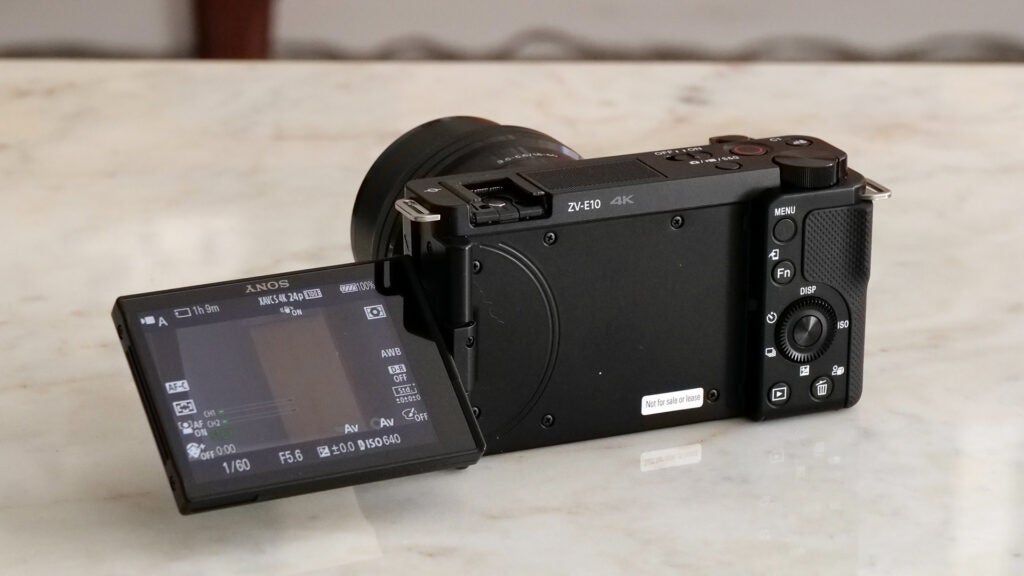
The Sony ZV-E10 comes with a windscreen
The Sony ZV-E10 comes with a fluffy windscreen in the box, making it possible to reduce wind noise when shooting outdoors without picking up an extra accessory. This also makes the camera a great starter option for new content creators and vloggers looking to upgrade from their smartphones.
The Fujifilm X-S20 does not come with a windscreen.
The Sony ZV-E10 is significantly cheaper
The Sony ZV-E10 is considered an entry-level mirrorless camera, coming in at just $700/£680. It isn’t Sony’s cheapest mirrorless vlogging camera by any means (that title goes to the ZV-1F), but it is the most affordable one with an interchangeable lens.
The Fujifilm Z-S20 costs almost twice that at $1299/£1249. However, as you can see from the points above, it does take advantage of a good number of features not found on the ZV-E10. This positions the Z-S20 as more of a mid-range shooter and compact all-rounder as opposed to a camera aimed purely at content creation.




